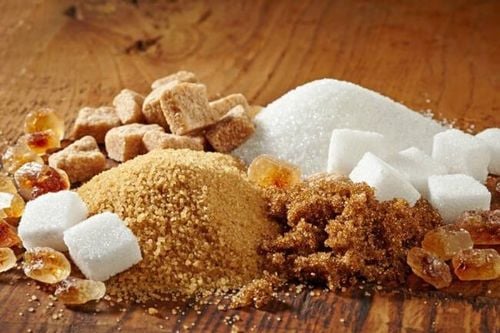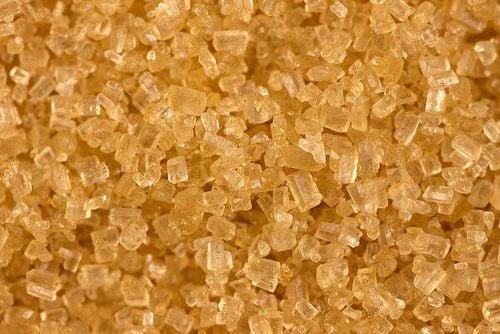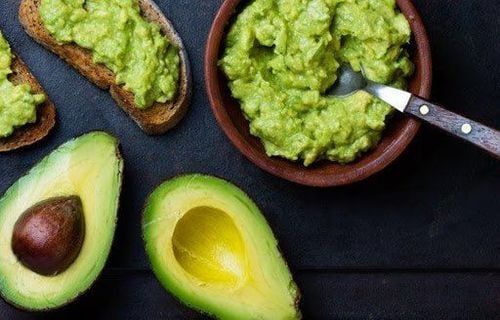In today’s market, there are many types of sugar available, but brown sugar and white sugar remain the two most common and widely used in cooking and culinary preparation. So, what exactly are the differences between these two types of sugar?
1. The Origin of Brown and White Sugar
Sugar has been a familiar component of the human diet for thousands of years. In contemporary life, people use various forms of sugar, such as white sugar, granulated sugar, powdered sugar, light brown sugar, dark brown sugar, raw sugar, molasses, honey,… Regardless of the type, the primary component of these sugars is crystallized sucrose. These sugars are produced in tropical climates where sugar cane or sugar beets, which are the main raw materials, are grown and harvested.
Sugar cane and sugar beets contain significant amounts of sucrose, which facilitates the production of sugar. People utilize sugar cane or sugar beets by crushing them to extract all the juice, which is then boiled down to syrup (comprising sucrose and molasses), the molasses is removed, and the remaining sucrose is dried until it crystallizes into the sugar we use daily. This process yields both natural white and brown sugars.
However, the methods used to produce brown and white sugar differ. Initially, juice from both plants is extracted, refined, and heated to form a concentrated brown syrup called molasses. The crystallized sugar is then centrifuged to produce sugar crystals. Centrifuges are high-speed spinning machines that separate sugar crystals from the molasses. White sugar is further processed to remove any remaining molasses and create smaller crystals. It is then filtered through systems often made with bone char or ground animal bones to achieve its pure white color. Refined brown sugar is simply white sugar with added molasses. This means that brown sugar is less refined and processed than white sugar, allowing it to retain some molasses content and natural brown color. Despite both being forms of sugar, they have different characteristics that affect the final texture of products.
Sugar plays a crucial role in our daily lives. Most people use sugar in cooking as a flavoring agent and in confectionery production… Sugar has become a familiar part of human life, but excessive consumption can lead to various health issues, such as diabetes, obesity, cardiovascular (heart and blood vessels) diseases, cancer. When sugar levels in the body rise, insulin is released in higher amounts and converted into burning fuel, producing fructose and harming health over time.
In addition to these conditions, excessive sugar consumption can cause acne, poor skin, tooth decay,… Therefore, it is essential to consider and control daily sugar intake to maintain optimal health.

2. Differences Between Brown and White Sugar
Apart from the obvious difference in color, brown and white sugar have various uses and effects in daily life. While they can sometimes be used interchangeably, doing so may affect the color, flavor, or texture of the final product. The molasses in brown sugar retains moisture, which results in baked goods that are softer yet denser. For instance, cookies made with brown sugar will be moist and denser, whereas cookies made with white sugar will spread more, incorporating more air into the dough, resulting in a lighter texture.
For this reason, white sugar is used in certain baked goods that require just the right amount of lightness, such as meringues, mousses, soufflés, and fluffy cakes. Conversely, brown sugar is employed in denser baked goods like zucchini bread and rich cookies. Additionally, brown sugar is used to create flavorful glazes and sauces, such as barbecue sauce. They have very different flavor and color profiles. The main difference between white and brown sugar is their flavor and color; therefore, substituting white sugar for brown sugar in recipes will affect the color of the food, creating a caramel or light brown hue.
The most notable nutritional difference between white sugar and brown sugar is that brown sugar contains slightly higher levels of calcium, iron, and potassium. However, these minerals in brown sugar are not significant enough to be a good source of vitamins or minerals for our bodies. Additionally, brown sugar has slightly fewer calories than white sugar, but the difference is minimal. One teaspoon (4 grams) of brown sugar provides about 15 calories, while the same amount of white sugar has 16.3 calories. Apart from these minor differences, they are nutritionally similar.
Although brown sugar contains more minerals than white sugar, the amounts are so small that they do not provide any health benefits. Sugar is considered a contributing factor to the obesity epidemic and a primary cause of diseases, including type 2 diabetes and heart disease. For this reason, each of us should consume no more than 5–10% of our daily calories from added sugars to maintain a healthy diet. However, this should be further limited for optimal health and wellness.

Thus, the production process for brown sugar and white sugar is almost identical. Brown sugar is further processed with molasses, which gives it a natural color and slightly better nutrient content compared to white sugar. However, the amount of these nutrients is minimal. The most noticeable differences lie in the flavor, moisture, and density,… of the two sugars, which contribute to varying characteristics in the final products. Therefore, it is important to know which type of sugar to use to achieve the desired outcome in your recipes.
Understanding the texture and nutritional value of each type of sugar allows you to make an informed decision based on your current needs.
Please dial HOTLINE for more information or register for an appointment HERE. Download MyVinmec app to make appointments faster and to manage your bookings easily.













